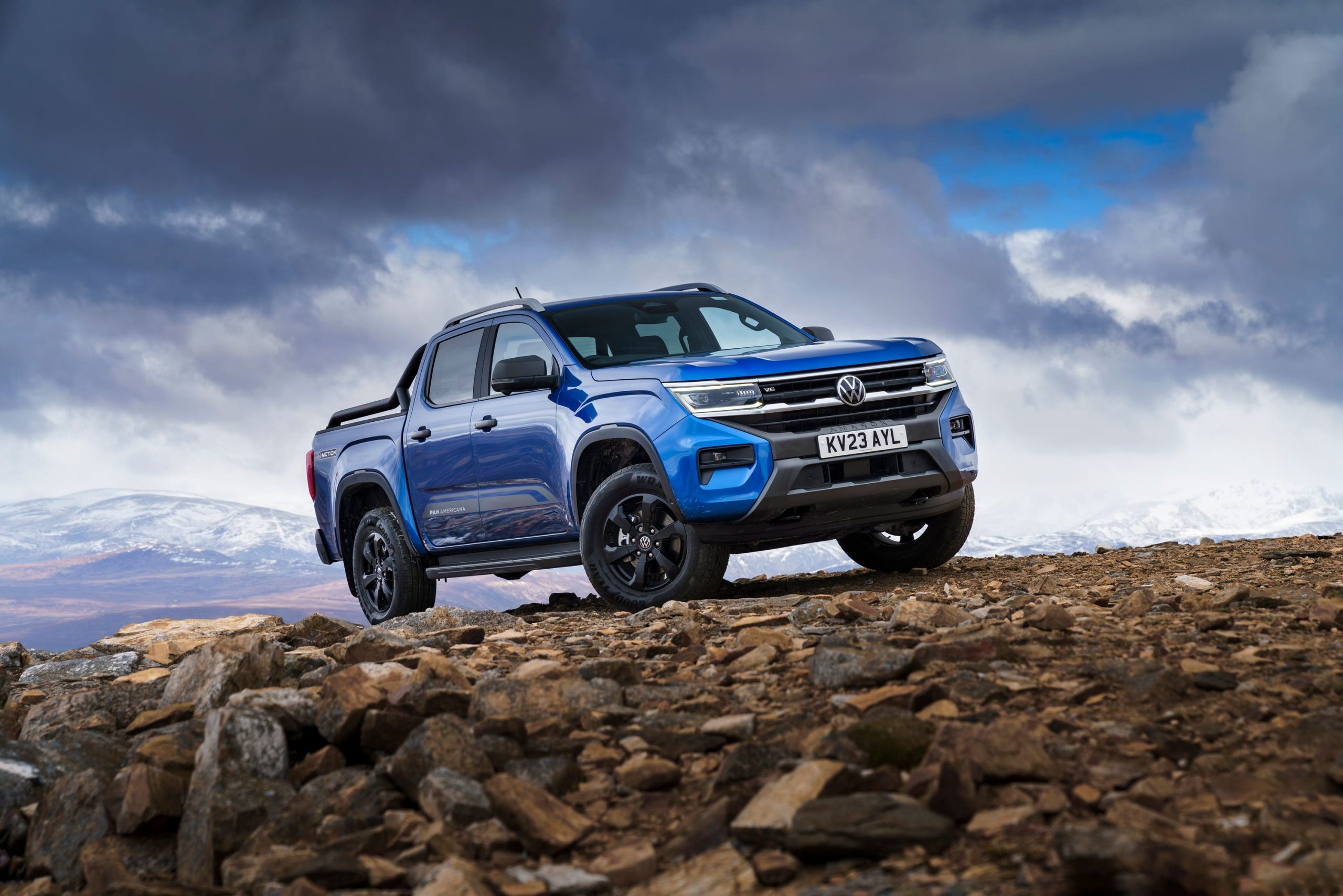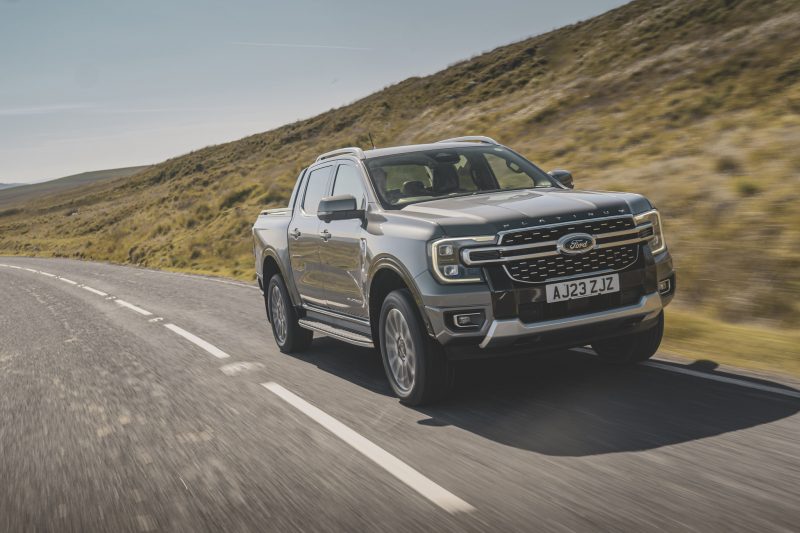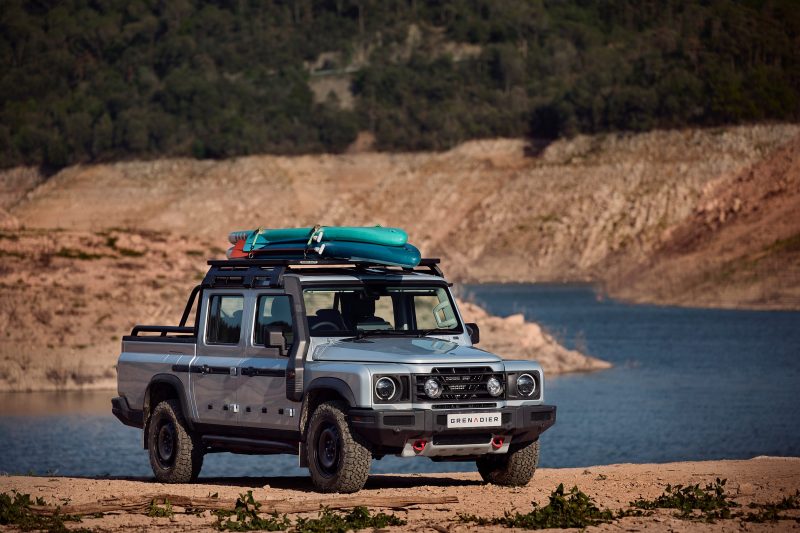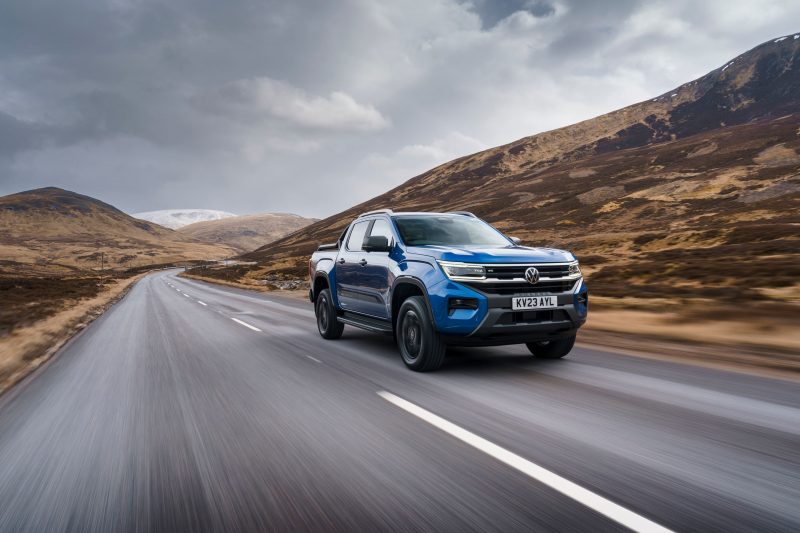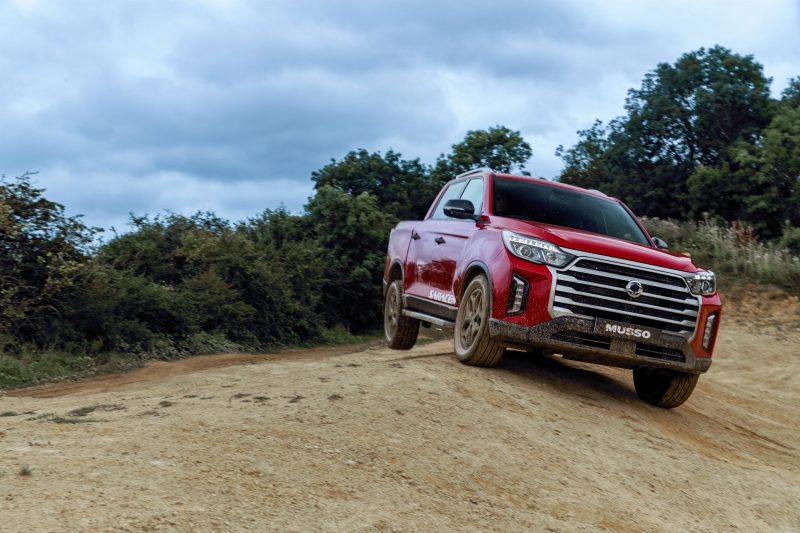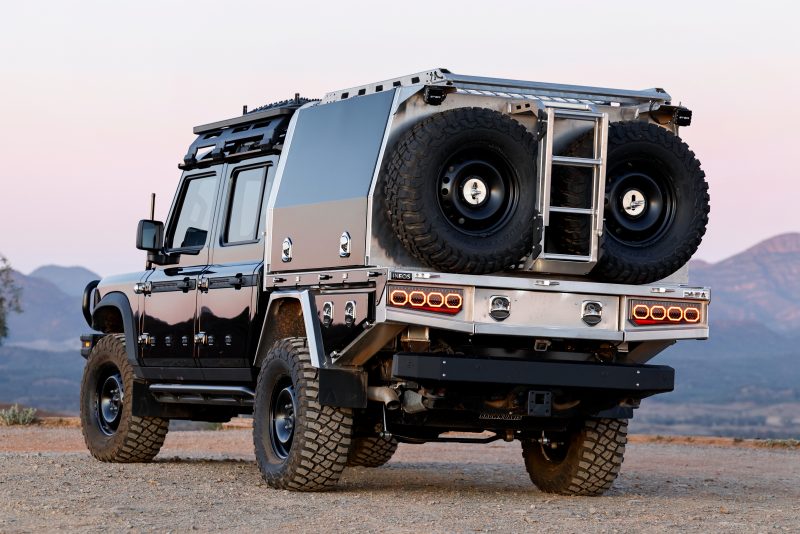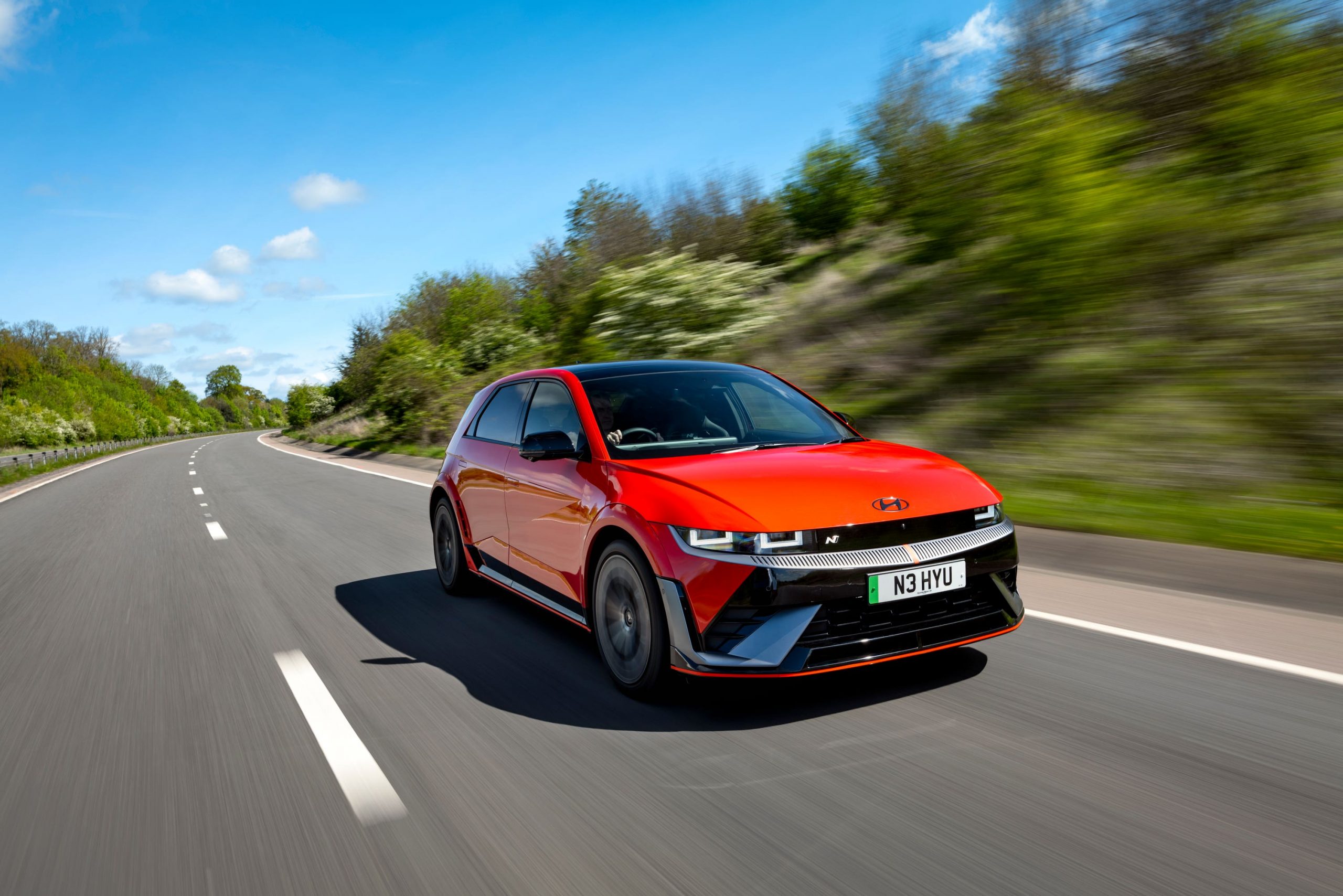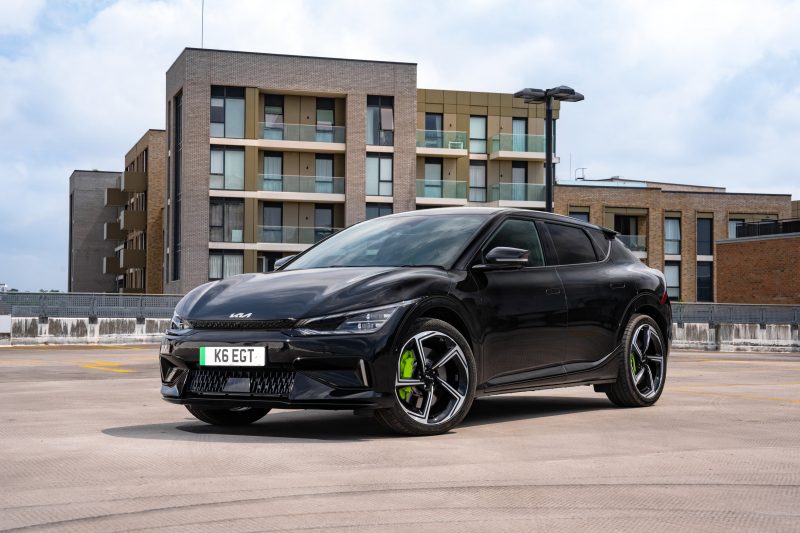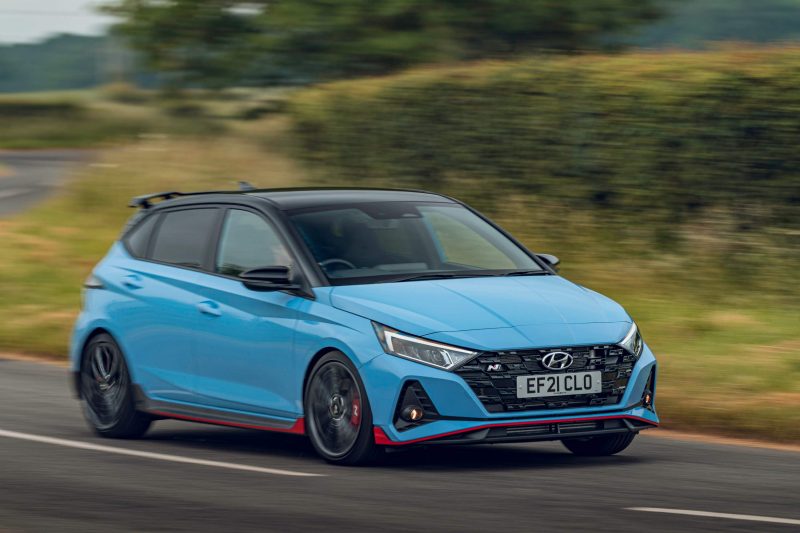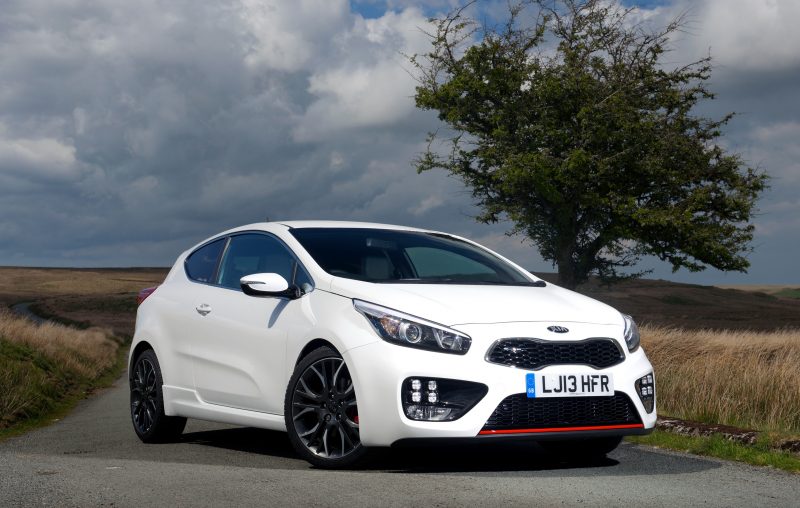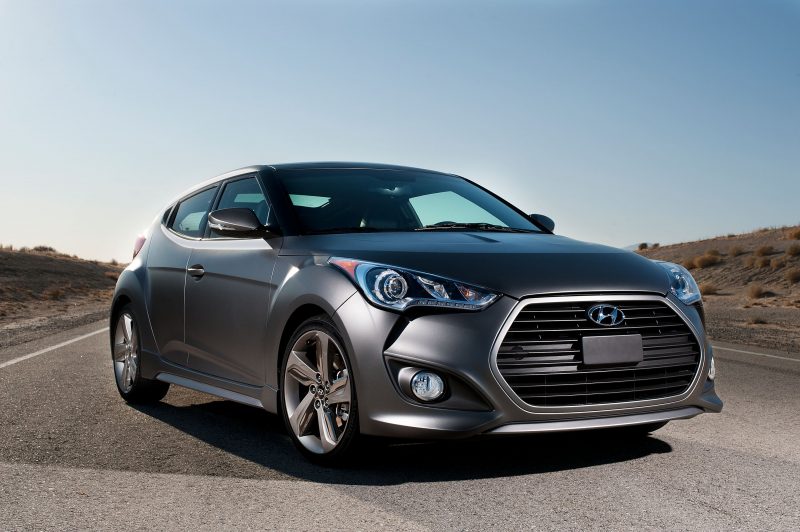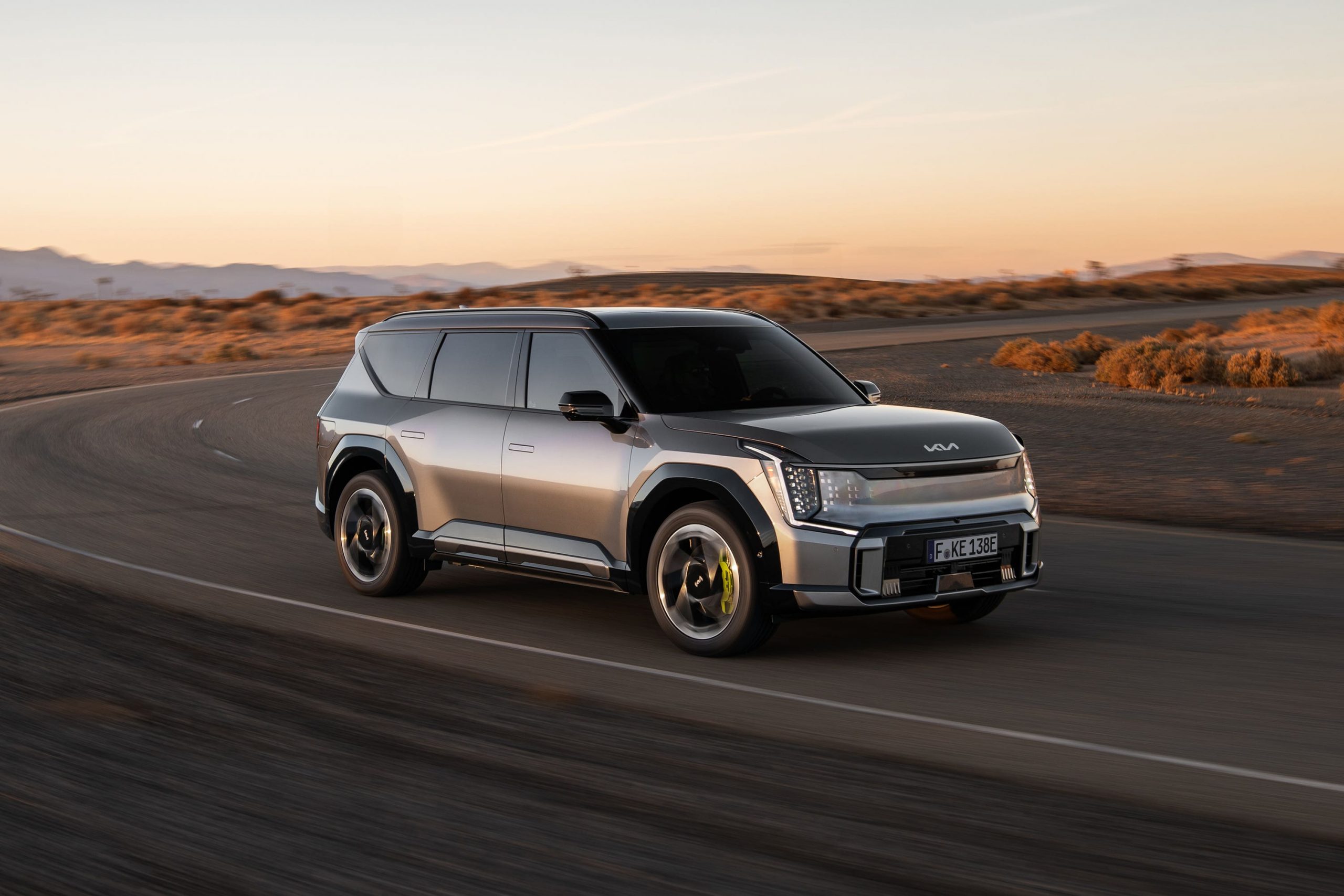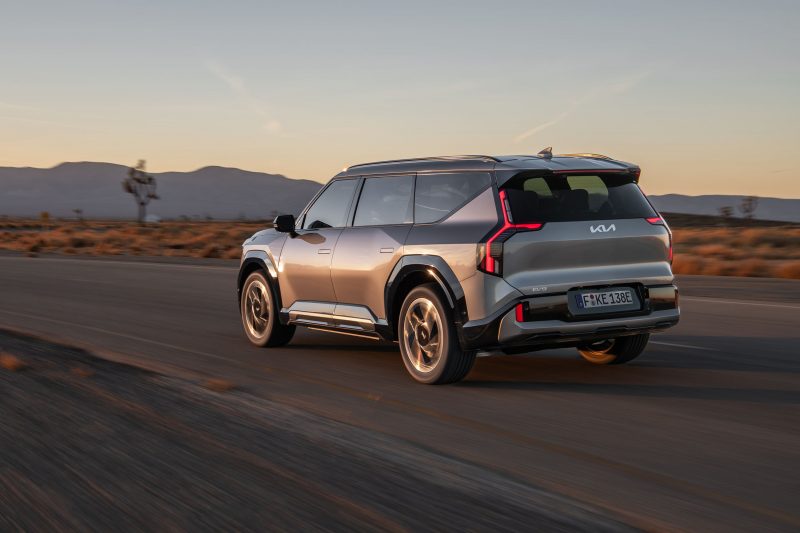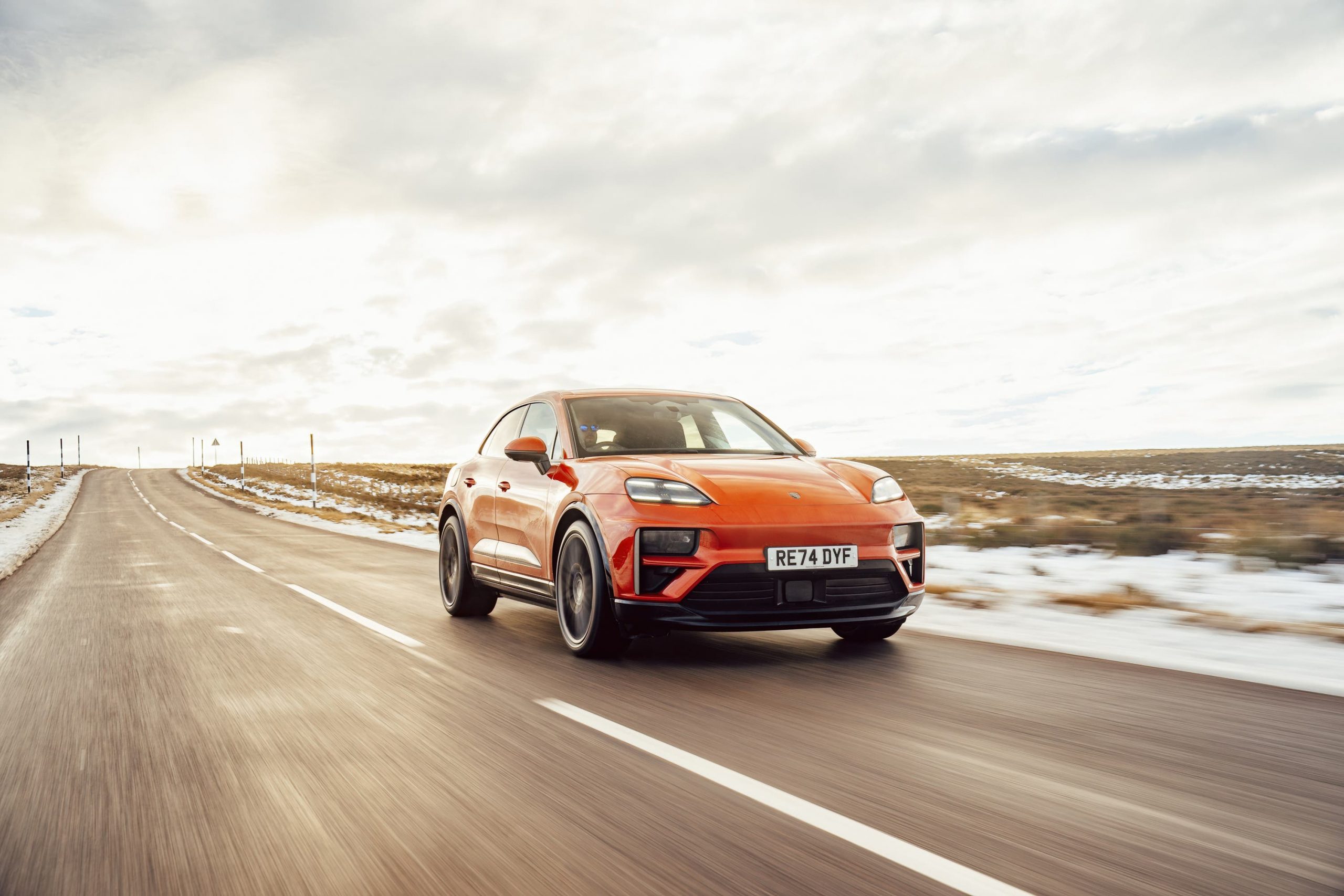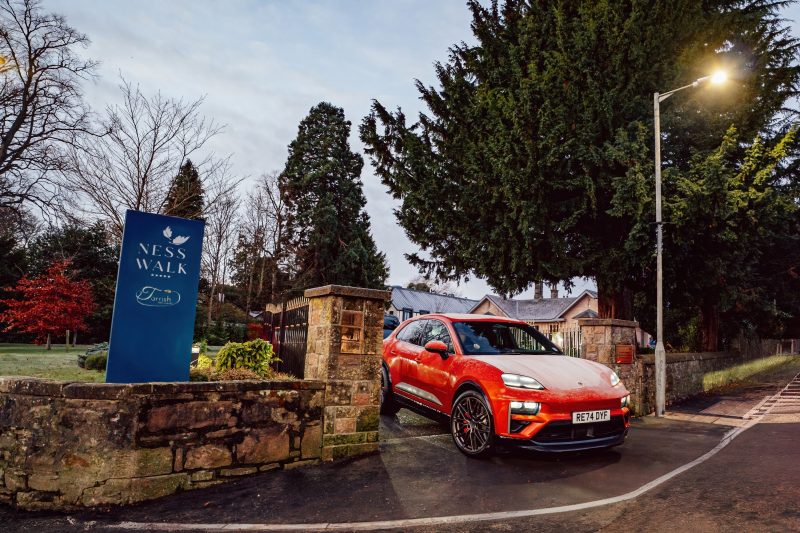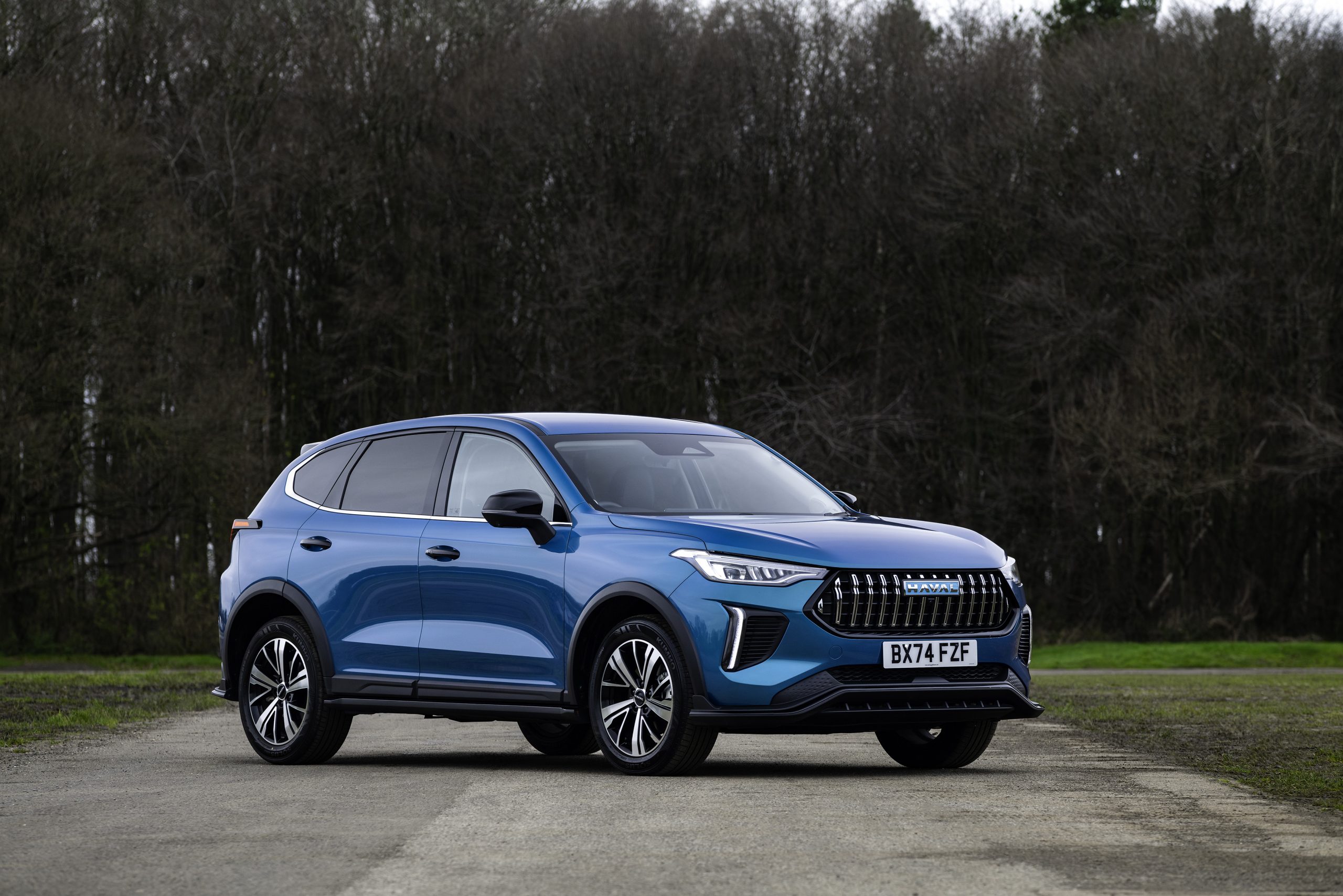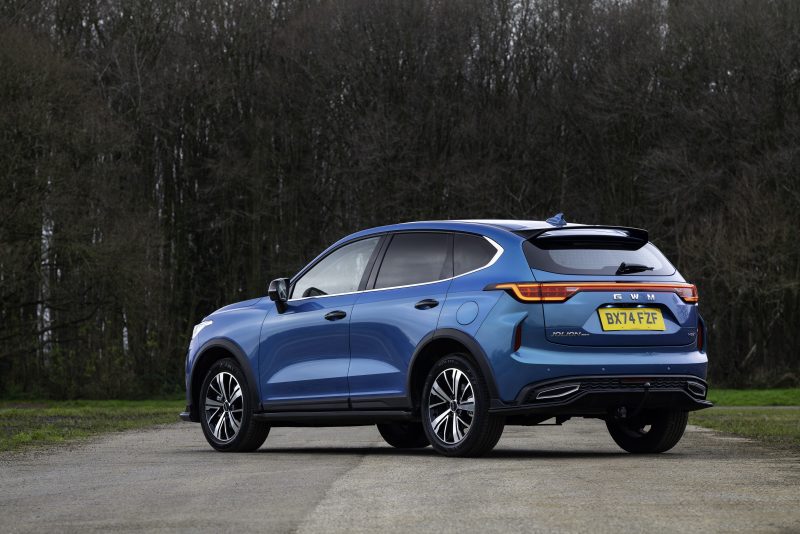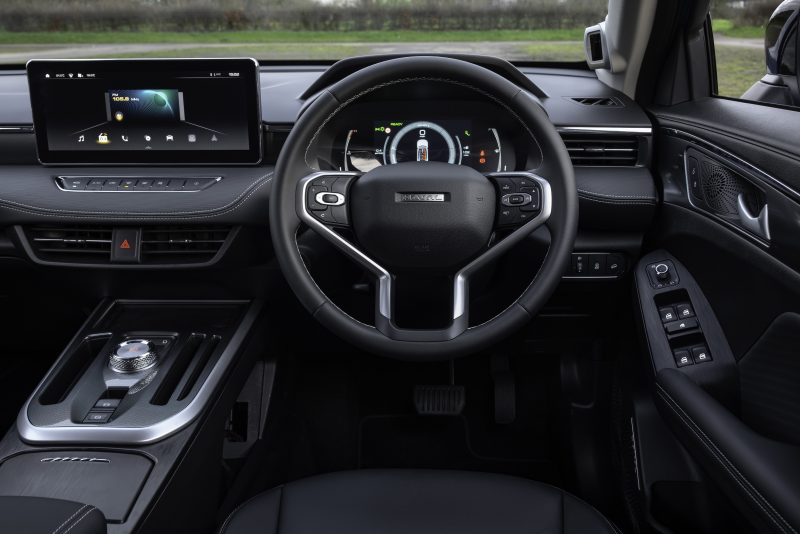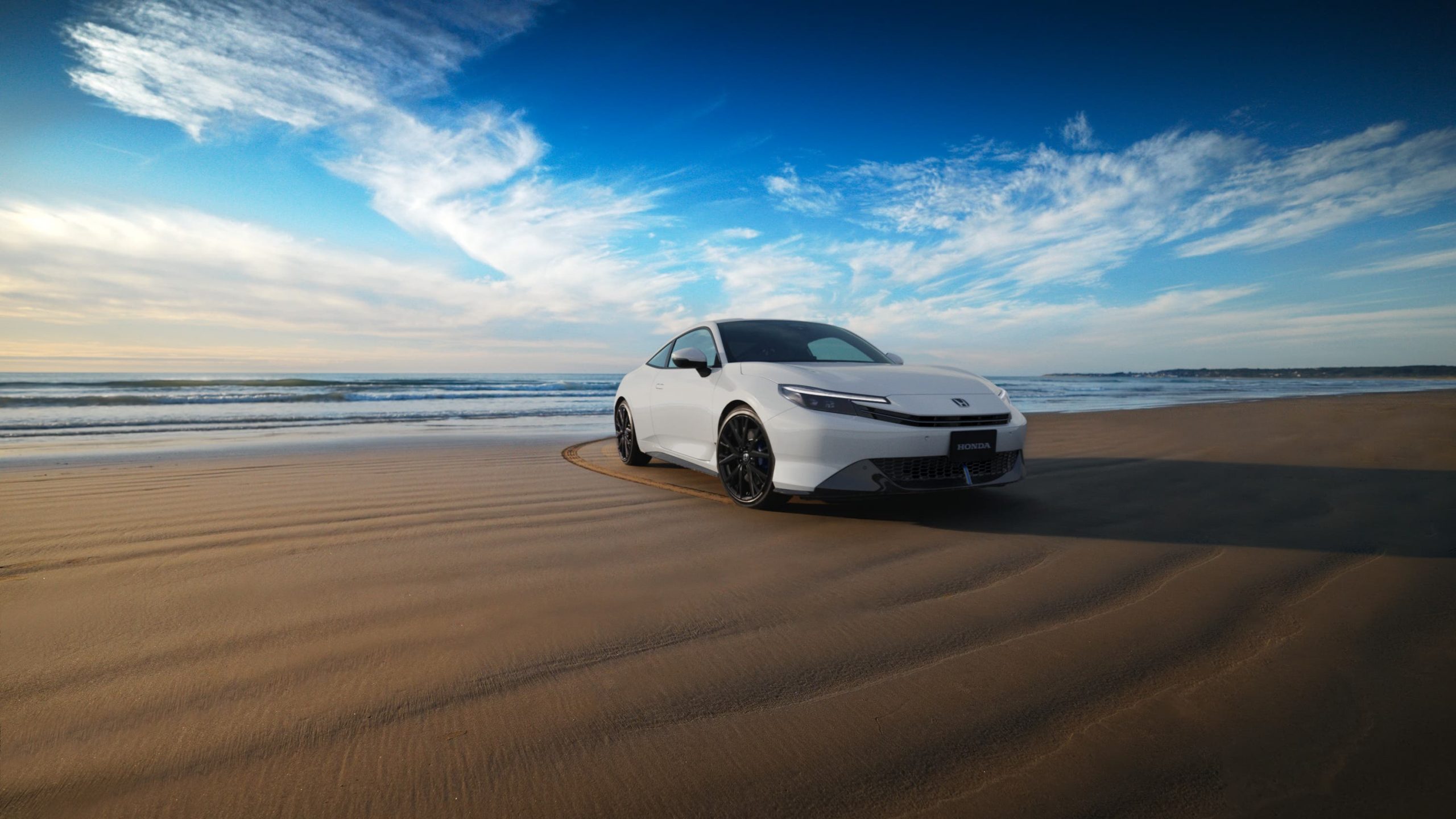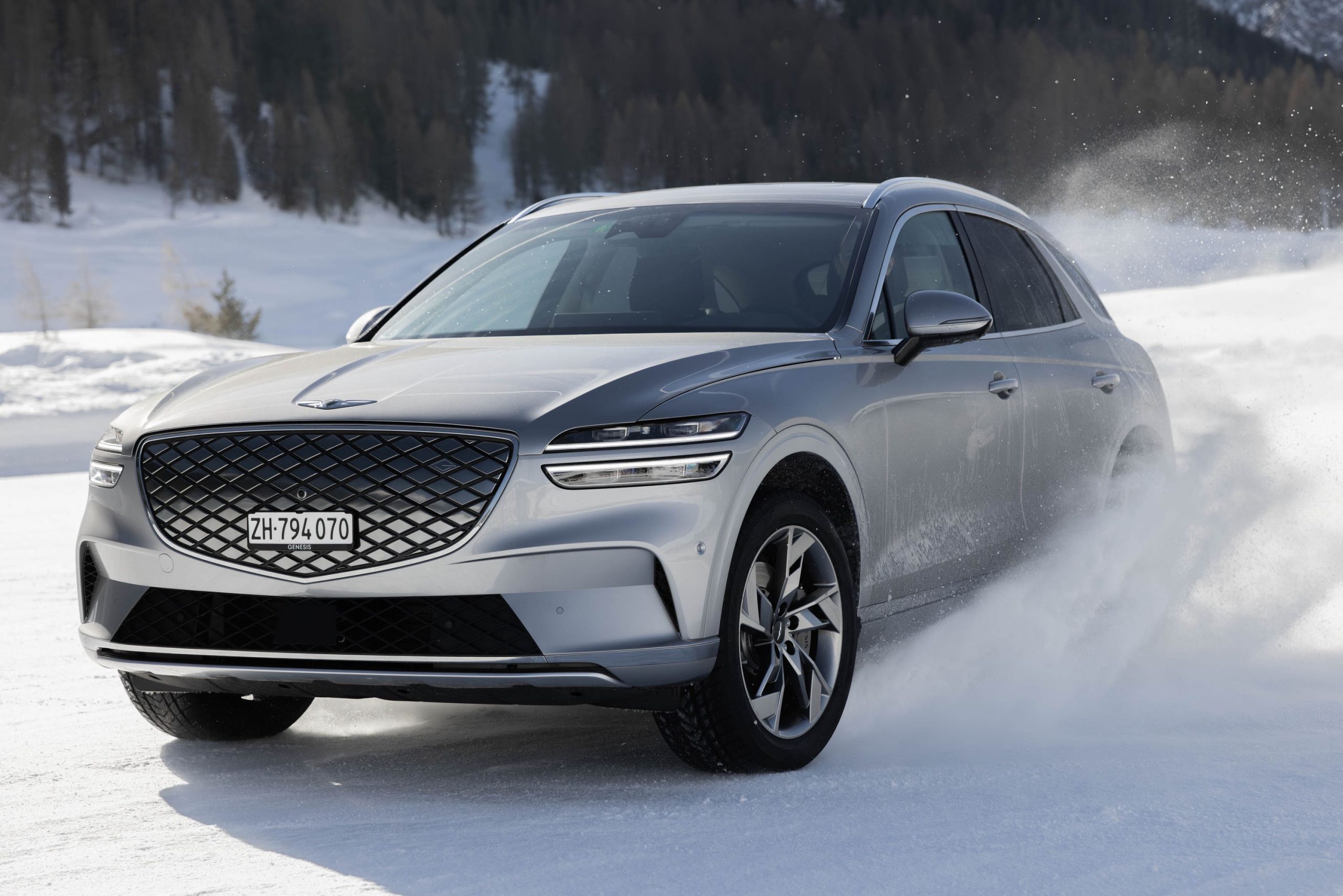Morocco is a common destination car makers head to when they launch a new product. Mazda followed suit recently – but took things to the next level.
Morocco. For 40,000 years it has been the bridge between the East, Africa and Europe. It’s a place where powerful dynasties have risen and subsequently fallen, and which European powers have sought to exploit and control.
While its most northerly point may be a mere 8.9 miles off the coast of Spain, it’s another world of ancient cities, rich culture and sand – plenty of sand. To a European, there’s a magic about the country that is beguiling, and this close-to-home but other-worldly feel is why car makers love launching their latest off-roaders in Morocco. Its terrain is harsh enough to flatter the sparkling new product, but its airport allows a quick escape to the company boardroom.
So, on reading the invitation that landed in my inbox one miserable Wednesday afternoon, I was expecting the usual – a pleasant jaunt around some of Morocco’s most picturesque towns for a couple of days, providing ample opportunity to take Instagram-worthy pictures.

I couldn’t have been more wrong. Mazda has a habit of putting its cars through gruelling expeditions, and the trip that lay ahead was a two-day 1,100-kilometre hike up the Atlas mountains to the edge of the Sahara desert, and through areas that couldn’t be further from the social media-friendly tourist routes. However, the car that I would be doing this in would be no uncompromising, agricultural, rock-hopping 4×4, but a luxurious SUV with air-conditioned seats and a Bose sound system – Mazda’s CX-60.
My adventure starts in the only place to begin an epic drive of Morocco – Marrakesh. The ‘Red City’, as it’s nicknamed, is still a thriving metropolis where goods are traded and cultures mix, and after a night of fine food in one of the city’s famous souks, it’s time to point the Mazda south-east to our overnight stop in Ouarzazate – a solid nine-hour drive.
With such a slog on Morocco’s most challenging roads ahead of us, an easy passage out of the city is what’s needed. And yet, despite an early alarm call with the sun gently rising above the city’s typically ornate Islamic and Berber architecture, the place is swarming with Tuk-tuks, battered Dacias, and carts nearly toppling over with the day’s produce and wares. The locals don’t seem to heed any rules of the road, with my German-registered Mazda, shiny with not a mark on its Soul Red paintwork, proving to be a magnet to every passing vehicle.

After a couple of hours or so, the roads become narrower but no less dangerous. Here, the roads are of uneven quality and the traffic even more disorderly than where we began the day. The High Atlas mountains are beginning to encroach on the surroundings, and it’s now that we start to see how cruel the landscape can be. Many areas that we ease the big Mazda through are still painfully suffering from the effects of an earthquake that shook the area to pieces in September 2023. Tarpaulins covering piles of rocks that used to be houses litter the sides of the road, yet locals are still residing here – some too proud to leave, while others likely don’t have the means to.
Before long we started to climb. Although a single track in many places, the road surface here initially is remarkably good – it’s the famed Tizi-n-Test pass that stretches upwards to 6,893 ft and connects Marrakesh to the arid plains of the Sahara desert. This road was blasted out of the mountains by French colonialists between 1926 and 1932 and cuts right through the Atlas range.

On first impressions, it’s a gentle trek. But soon there’s a relentless onslaught of hairpins and unbarriered corners where 500-metre drops-offs lie in wait; with the road surface crumbling at these tight switchbacks, care is needed as smooth pebbles littering the road can make the tyres slide towards the precipitous drops.
It makes for a sweaty palms drive, but a stop at the top and the view across the Souss plain with the peaks of the Anti-Atlas mountain dotted on the horizon makes for a relaxing break. And then it’s an easy 18km, fast-flowing blast down the other side.
Smoother, wider roads mean I can pick up the pace to reach our overnight stop by nightfall. Here I’m dancing with the Sahara – skirting its edges and occasionally dipping the Mazda’s wheels into its dusty territory. It’s a quick drive, made special by there being no traffic on the road for hours, and the CX-60’s 3.3-litre straight-six diesel provides effortless power. On fast-flowing roads like this, the CX-60’s balanced ride and engaging steering remind me that I’m driving a modern-day family car after all, not a cumbersome off-roader.
Just as the sun starts to disappear behind rocky outcrops, I turn the Mazda off the main road down a jagged pathway and park it in the middle of a stunning canyon. Some 12 miles south of Ouarzazate, the Ouednoujoum Ecolodge is a wonderfully rustic collection of rooms, free from the fripperies of modern, generic hotel accommodations.

The daytime temperature of 35 degrees slips reluctantly to 22 overnight, and my little hut with terracotta-washed walls, clings onto the heat. It’s a rough night thanks to that warmth and a hard bed, but a very early start the next day sees me making an early dash through Ouarzazate. It’s an odd place; it’s known as ‘the door to the desert’ and because of this, it’s often chosen by Hollywood to stand in for locations such as Tibet, Afghanistan and Egypt. Film credits include Gladiator, The Sheltering Sky and even The Living Daylights.
It was worth getting up early, not just for the CX-60’s air-conditioned seats and comfortable suspension, but for the road that lay ahead. I whip past rivers sitting alongside tranquil oases of fruit and almond trees, and through villages that consist entirely of kasbahs and ksour – fortified houses, in other words, made from earth and mudbrick. The road, the R704, begins to climb. This is the famous Dades Gorge – a simply stunning stretch that’s shrouded with high limestone cliffs. With its tight hairpins, it seems to rudely encroach on this centuries-old landscape.
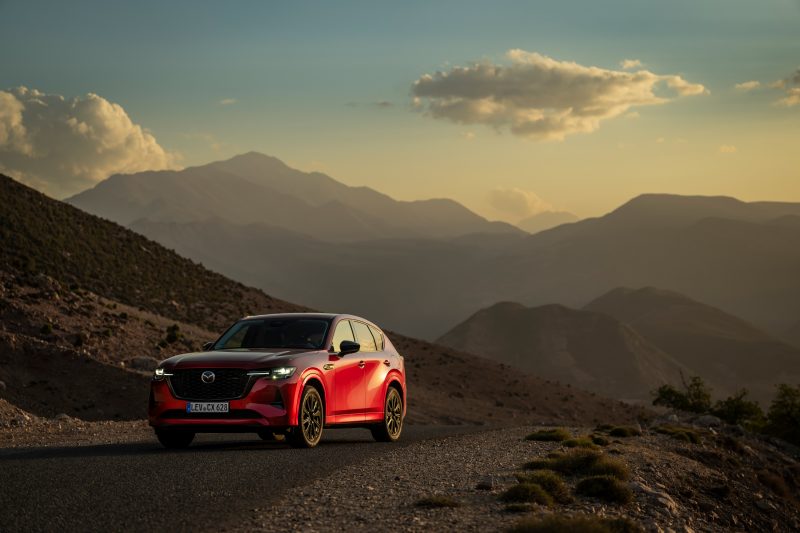
On and on the Mazda climbs to around 6,000 ft before the tarmac gives up its fight with the topography. From here on, it’s a 4,000-ft trudge that will end with me conquering the highest road in the Atlas mountains. The now single track is deserted, but the road quality is akin to the surface of the moon. I am convinced the CX-60 shod in summer tyres would grind to a halt on the steeper sections, unable to find traction due to the dust and smooth stones that now form the road. But the Mazda plods on until asphalt makes a welcome reappearance right at the top of the summit.
From here on in, it’s a five-hour joy ride back down to Marrakesh. This northern side of the drive unlocks new scenery with every turn; the pink-painted fortified houses are long gone as the landscape gets ever greener – more European, you could say, at times. And then it’s into the melee of Marrakesh once more – oddly it seemed quaintly primitive nearly two days ago, but in contrast to the gorges and barren sandy plains of this morning, it’s vibrant and exotic.
As I parked up the CX-60 to catch my EasyJet flight home packed with tourists, I was amazed at how this very road-biased car with its luxurious interior and unfashionable diesel power coped with such harsh and, at times, dangerous terrain. It shows that the modern crop of SUVs is hugely adept in all sorts of environments, but also that there’s still a place for a diesel car no matter how unfairly hated they’ve become.
By James Batchelor





